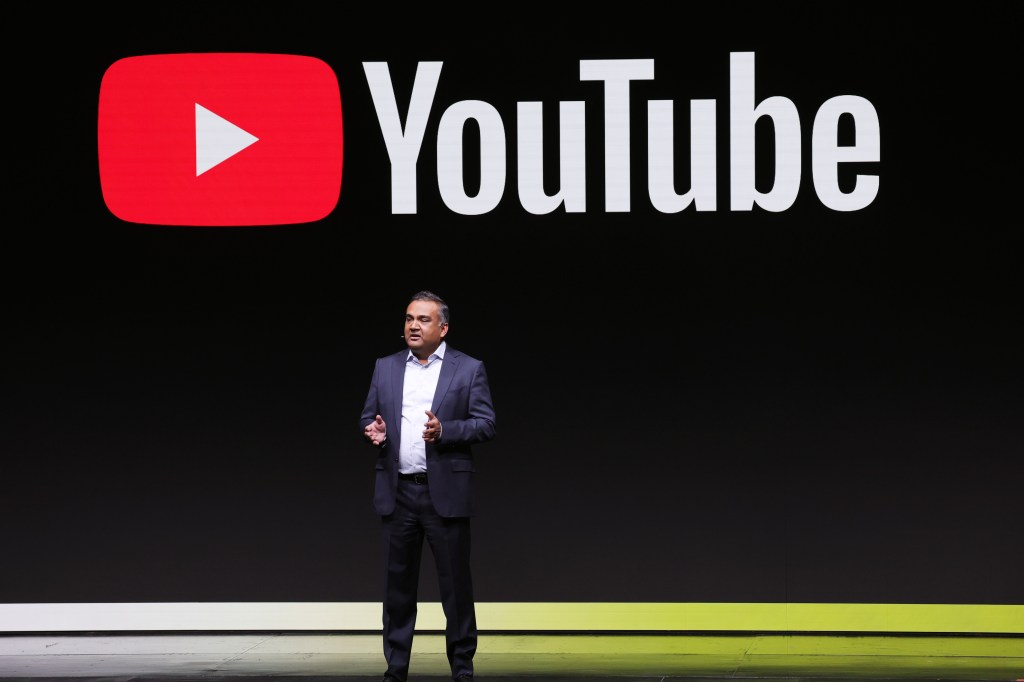New guidelines for AI-enhanced videos uploaded to YouTube’s platform have been unveiled. The updated approach will introduce restrictions on videos that may seem authentic but utilize artificial intelligence tools, as stated in a recent blog post by the digital video giant. To address the issue of altered or artificially generated content, the company will introduce new labels to notify viewers.
In their blog post, Jennifer Flannery O’Connor and Emily Moxley from product management emphasized the importance of transparency, particularly concerning sensitive topics like elections, ongoing crises, public health issues, or governmental matters. Authors who fail to disclose alterations in their content may face actions such as content moderation, removal from the YouTube Partner Program, or other penalties. Collaborative efforts with developers will precede the official implementation to ensure understanding and compliance with the new guidelines.
The proliferation of AI technology has raised concerns across various sectors, including Hollywood, where recent strikes by actors and writers partly stemmed from apprehensions about the potential negative impacts of such advancements.
Following the introduction of new features, such as the Dream Screen repository of AI-generated content for the Shorts platform, YouTube has adjusted its approach. Shorts, a direct competitor to TikTok, garners over 70 billion views per month from a user base exceeding 2 billion. CEO Neal Mohan acknowledged the potential risks associated with such technologies, particularly in the context of deepfakes and misinformation. However, he reassured that all AI-enhanced videos on YouTube would be subject to the platform’s existing content policies.
Users dissatisfied with any YouTube content now have access to an expanded content removal request process. This mechanism allows individuals to flag artificial intelligence-generated content or any material that imitates identifiable individuals, including their likeness or voice. The scope of this option extends to music videos, where AI can be utilized to replicate an artist’s unique voice or style, leading to potential misrepresentation.






